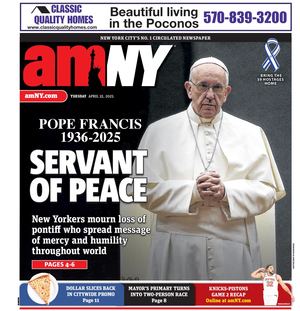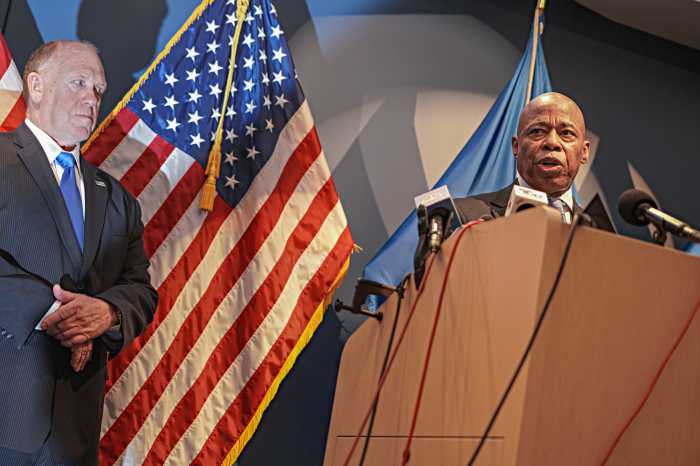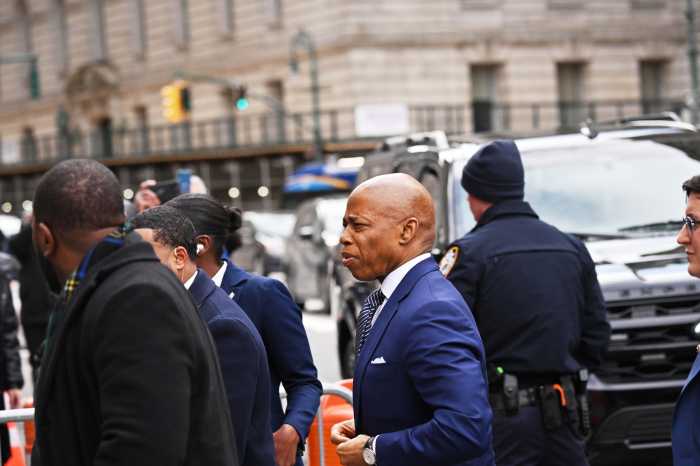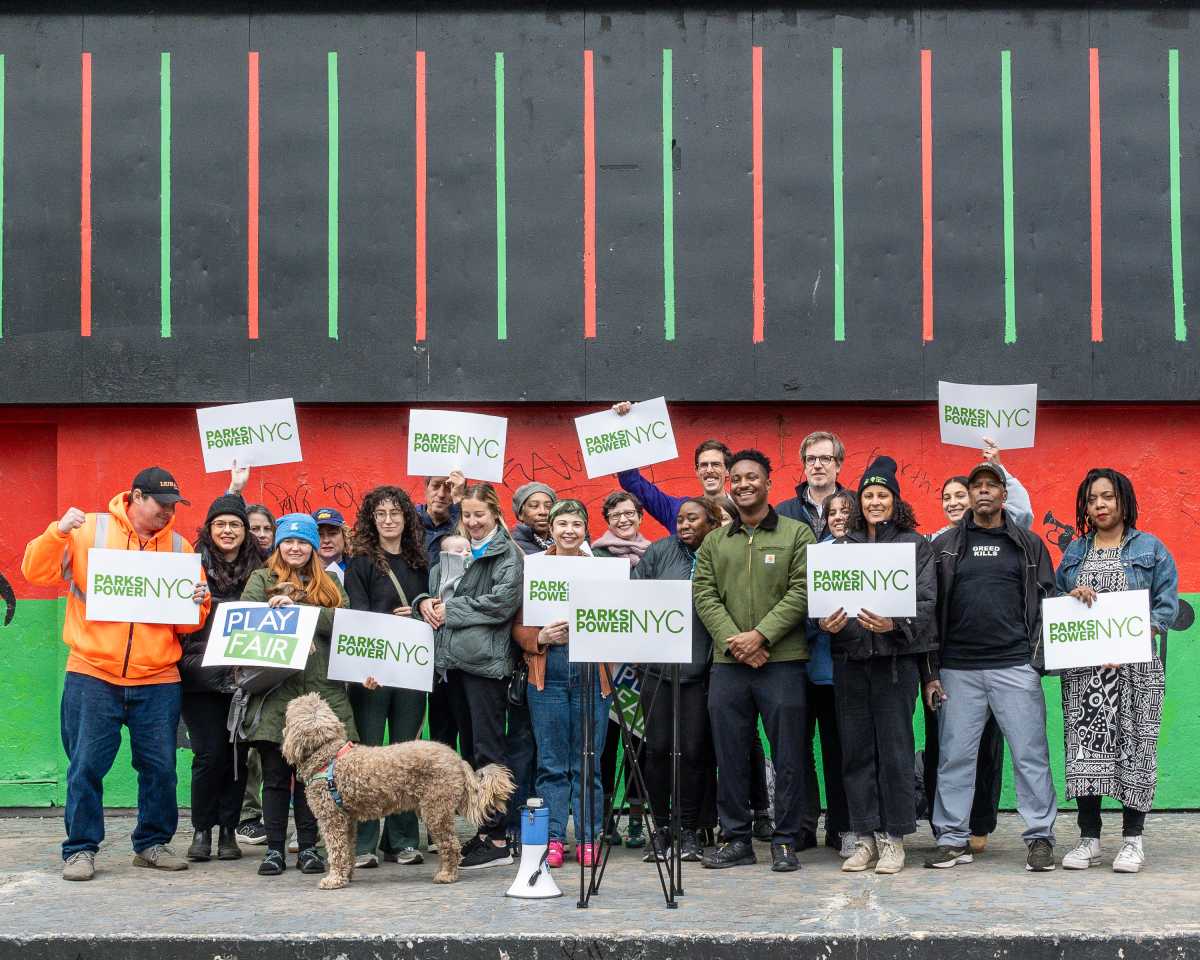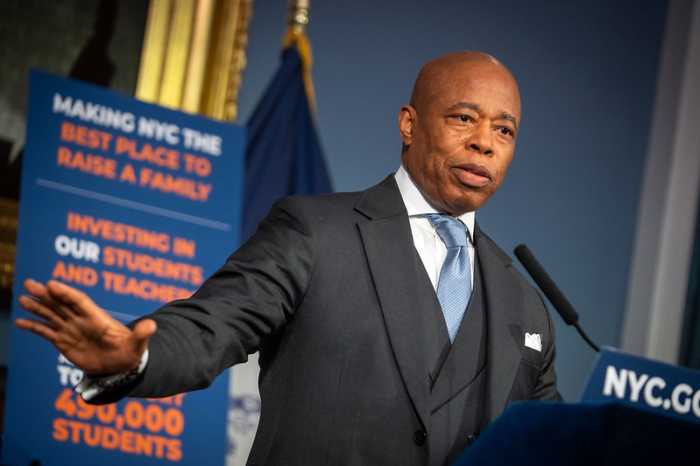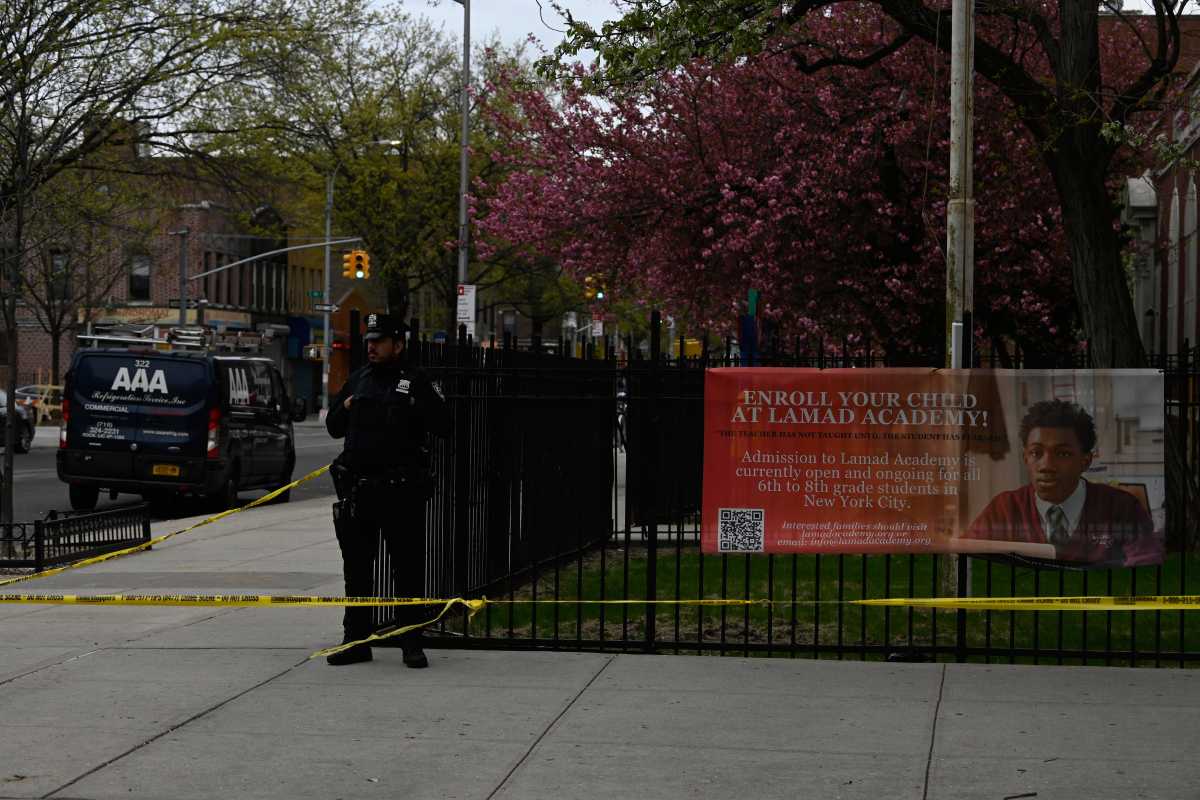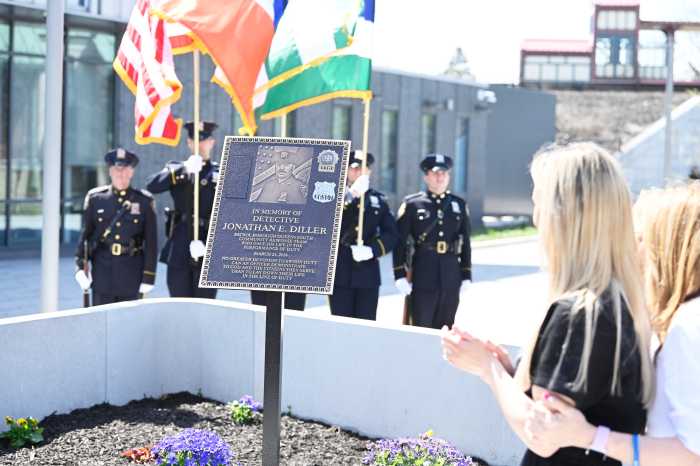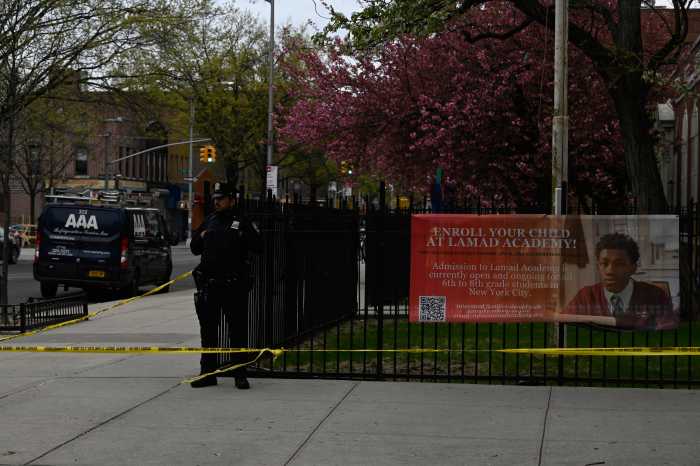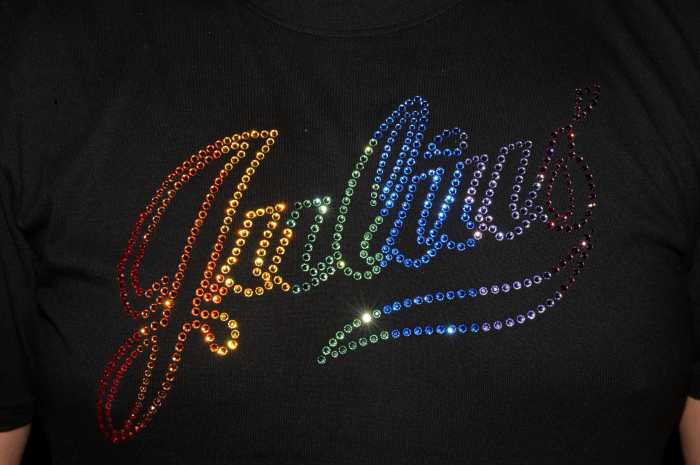President Donald Trump has used his first year in office to take a number of executive actions. He has issued 58 executive orders and 28 presidential memoranda, as of Jan. 19, according to the White House website.
By comparison, former President Barack Obama issued 37 executive orders during his first year in office, totaling 276 by the end of his two terms, according to the Federal Register. Both George W. Bush and Bill Clinton were closer to Trump, with 51 executive orders signed in their first years serving as president. They issued 291 and 305 executive orders, respectively, in the duration of their full terms.
To help understand what these mean, here is a breakdown of what executive actions are and what orders Trump has made.
What is an executive order?
Executive orders are a type of executive action that have the force of law and are used to bypass Congress to direct government officials or agencies. There is no direct language in the Constitution that allows the president to issue executive orders, but Article II, where it grants the president “executive power,” is often cited as why they are permitted.
Congress cannot overturn executive orders. It can try to pass bills that would make it more difficult for the order to be implemented, but the president always has the option to veto the bill. The orders are subject to judicial review and can be overturned by the Supreme Court.
Presidential memoranda and proclamations are other examples of executive actions the president can take, but they all have “similar purposes,” says Robert Shapiro, Columbia University political science professor. Executive action also includes decisions the president makes as the commander-in-chief and in dealings with foreign governments.
Orders are the only actions required to be numbered and published in the Federal Register, but memoranda may also be recorded in the register. Both, along with proclamations, are recorded on the White House website.
The difference between orders and memoranda is the most unclear. Former President Barack Obama often said he issued orders at a lower rate than presidents in the last 100 years, but if his memoranda are added to his orders, the rate is much higher. Legally, there is little difference between the two.
Trump has issued both orders and memoranda in his first months in the Oval Office. Here’s a look at his major actions:
“Unmasking” U.S. citizens involved in foreign surveillance
The presidential memorandum, issued on Jan. 9, requires the Director of National Intelligence to develop and release privacy procedures for the intelligence community within the next 30 days. The policies should be designed to help officials respond to governmental agencies who are seeking to obtain identities of U.S. citizens involved in foreign surveillance on companies and individuals. This information, which is not available under the Foreign Intelligence Surveillance Act, can be obtained by government employees who seek permission from certain members of the intelligence community, including officials from the National Security Agency and the Federal Bureau of Investigation, in a process called unmasking.
Supporting veterans during transition into civilian life
The president signed an executive order on Jan. 9 designed to improve the transition period of veterans from uniformed military duty to civilian life, with the hope of decreasing suicides. It orders the secretaries of defense, veteran affairs and homeland security to develop a joint action plan that delineates better access to mental health and suicide prevention resources for veterans within one year following their transition out of military duty.
Expanding internet in rural America
An executive order signed by Trump on Jan. 8 aims to increase rural America’s access to broadband connectivity. According to the order, the relevant agencies should focus on removing obstacles to private investment and be more efficient in employing government services. In a memorandum issued the same day, the president entrusted this undertaking to the secretary of the interior.
Terminating voter fraud commission
Trump disbanded the Presidential Advisory Commission on Election Integrity through an order he signed on Jan. 3. The panel, which first came into being through a similar executive action on May 11, sought to investigate voter fraud in the November 2016 presidential election.
Several states refused to provide the commission with information regarding alleged fraud in the election, leading to its disbanding, according to a statement issued by the White House. Trump asked the Department of Homeland Security to determine what the next steps should be, the statement added.
Imposing sanctions on 13 human rights abusers
On Dec. 21, Trump signed an executive order targeting human rights abusers, using his authority under the Global Magnitsky Human Rights Accountability Act. He declared a national emergency with regard to human rights abuse and corruption that “constitute an unusual and extraordinary threat to national security, foreign policy, and economy of the United States.” Through the action, he imposed sanctions on 13 individuals, barring them from engaging with the U.S. economy in any shape or form.
Among the barred include Yahya Jammeh, former president of Gambia, and Julio Antonio Juarez Ramirez, a Guatemalan lawmaker.
Calling for America-mined minerals
The president signed an executive order on Dec. 20 instructing federal agencies to reduce America’s dependence on imported critical minerals. Calling it a “vulnerability,” he asked for the development of a strategy that will explore and utilize nationally sourced minerals to increase the nation’s “security and economic prosperity.”
The order came on the heels of a U.S. Geological Survey report titled “Critical mineral resources of the United States—Economic and environmental geology and prospects for future supply,” which showed the country’s heavy reliance on minerals sourced from abroad.
Cutting back on Obamacare regulations
Trump signed an executive order on Oct. 12 that expands health insurance alternatives that were designed to reduce costs.
The order also aims to allow small businesses to band together to buy large group insurance plans in order to reduce costs, which was not allowed under Obamacare. Other stipulations of the order include expanding short-term health coverage plans and allowing employers to reimburse employees for out-of-pocket healthcare expenses.
Capping refugee admissions for 2018
Trump set a cap on refugees allowed to come into the United States in 2018, as “justified by humanitarian concerns,” at 45,000 in a presidential memo issued on Sept. 29.
The allocations for five regions are as follows:
– Africa – 19,000
– East Asia – 5,000
– Europe and Central Asia – 2,000
– Latin America/Caribbean – 1,500
– Near East/South Asia -17,500
Prioritizing STEM education
Trump signed a memorandum on Sept. 25 requiring the Department of Education to prioritize STEM fields in schools, with a special emphasis on computer science.
The memo also requires the secretary of education to allocate at least $200 million in grant funds per year for STEM applicants.
Imposing sanctions on North Korea
On Sept. 21, Trump expanded U.S sanctions on North Korea in an executive order, limiting shipping, information technology and financial service, manufacturing, banking and operation of ports in North Korea.
Calling the North Korean government’s actions a “threat to national security, foreign policy and economy of the United States,” Trump issued the order in an attempt to reduce funding toward North Korea’s nuclear weapons program.
Banning transgender people from the military
Trump signed a memorandum on Aug. 25 prohibiting transgender people from serving in the military, reversing an Obama-era policy that also allowed current transgender soldiers to serve openly. The executive action also instructed the Department of Defense and the Department of Homeland Security, which oversee the Army, Navy, Marine Corps and Coast Guard, to stop using agency funds for sex reassignment surgeries required by those serving.
According to the memo, the policy was set to go into effect on March 23, 2018, but a federal appeals court blocked the ban and the Trump administration said it would not challenge the ruling.
Limiting financial transactions with Venezuela
Trump signed an executive order on Aug. 15 that prohibits transactions of new debt between the United States, Venezuela and Petroleos de Venezuela, its government-owned oil company. The sanctions imposed in accordance with the national emergency declared in March 2015 aim to reduce financing toward the Venezuelan government’s “illegitimate” actions.
Restricting environmental review on infrastructure projects
On Aug. 15, the president signed an order to speed up the environmental review and authorization procedures for new infrastructure projects, reducing the average amount of time for such processes to not take more than two years.
It also revokes an Obama-era executive order that accounts for flood impacts while reviewing new infrastructure projects.
Reviving the National Space Council
On June 30, Trump revived the National Space Council, an advisory committee that had been defunct since 1993, through an executive order. Chaired by Vice President MIke Pence, the council will review U.S. space policy and give recommendations to the president regarding space exploration strategies.
Outsourcing apprenticeship programs to private entities
In a move to cut back on government regulation, Trump signed an order on June 15 that reduces government-regulated apprenticeship programs. Instead, the executive action will enlist third-party groups, such as nonprofits and labor unions, to develop apprenticeships approved by the Department of Labor.
The order also establishes a Task Force on Apprenticeship Expansion in the Department of Labor, which will research and implement proposals to promote such programs to businesses and students alike.
Establishing voter fraud commission
On May 11, Trump signed an order establishing a voter fraud commission, created to investigate possible fraudulent activity during the November 2016 presidential election.
Chaired by Vice President Mike Pence, the panel sought to discover “vulnerabilities” in voting processes that made it prone to “fraudulent voter registrations.”
The panel was disbanded on Jan. 3, 2018, after it was ensnared in several legal controversies, according to the New York Times. The panel had lost credibility, and had failed to reveal any voter fraud in its eight months of existence, the report added.
Safeguarding government databases against cybersecurity threats
The president signed an executive order on May 11 asking government agencies to dedicate resources toward protecting data and warding off cyber threats. According to the action, Trump will hold heads of agencies accountable for any cybersecurity risks, and will require them to use The Framework for Improving Critical Infrastructure Cybersecurity developed by the National Institute of Standards and Technology, a guide to maintaining a risk-free digital infrastructure.
The order also required the secretaries of commerce and homeland security to submit a report within 120 days outlining how the administration can help build a robust cybersecurity workforce in the public and private sector.
Promoting religious liberty
Trump sought to increase religious liberties of Americans in an executive order signed on May 4. The action prevents the Department of Treasury from imposing any tax penalties on houses of worship or members of the clergy when they use religious speech to endorse political candidates.
Another stipulation is that the secretaries of treasury, labor, and health and human services “issue amended regulations” so that employers having to provide contraceptives to employees under the Affordable Care Act can refrain from doing so by issuing a “conscience-based objection.”
Re-evaluating U.S. involvement in international trade agreements
Marking his 100th day in office, Trump signed an executive order on April 29 establishing an Office of Trade and Manufacturing policy, designed to “serve American workers and domestic manufacturers” and bolster economic growth.
On the same day, he signed another order instructing the secretary of commerce to re-evaluate U.S. involvement in various trade agreements and report any violations or abuse that hinder productivity within 180 days.
Accountability at the Department of Veterans Affairs
The president signed an order on April 27 to establish a VA Office of Accountability and Whistleblower Protection and appoint an individual as the director of the office.
“Buy American and hire American”
The president issued an order on April 18 declaring the administration’s position to buy and hire American. He called for the heads of agencies to review their departments to ensure that they are promoting the hiring of Americans over immigrants and buying products made in the United States over other countries.
Undoing Obama’s climate change regulations
Trump signed an executive order, the “Energy Independence” order, on March 28 that will undo some of the regulations Obama put in place to combat climate change. The main target is the Clean Power Plan, which requires states to reduce carbon emissions from power plants. The order will also reverse a ban on coal leasing on federal lands and undo rules to curb methane emissions from oil and gas production.
Revised temporary travel ban
Trump signed a revised version of his original executive order, barring citizens from six Muslim-majority countries from entering the United States for 90 days, on March 6. Among other changes, the new order excludes Iraq from the list of countries included in the temporary travel ban.
On June 26, the Supreme Court allowed Trump’s travel ban to move forward with certain changes, which included that persons from one of six countries named in the March revision — Iran, Syria, Libya, Somalia, Yemen and Sudan — could apply for a visa before Oct. 18 if they had a “bona fide” relationship with a U.S. citizen, according to the New York Times.
After which the revisions in Trump’s proclamation signed on Sept. 24 would go into effect, which updated the list of countries to include Chad, Iran, North Korea, Libya, Somalia, Syria, Venezuela and Yemen.
The order’s execution was blocked by a Hawaii judge on the Court of Appeals for the Ninth Circuit and subsequently, a federal judge who ordered to extend the block on Trump’s ban.
The Supreme Court announced on Jan. 19 that it will consider the challenge, the New York Times reported.
Cutting federal regulations
Trump took steps to reduce the number of regulations in the federal government when he signed an executive order on Feb. 24. The order instructs federal agencies to establish task forces that will focus on regulatory reform. The president said each task force will have to offer recommendations on which regulations to repeal or simplify.
Dodd-Frank Law review
An executive order signed by Trump on Feb. 3 called for a review of the 2010 Dodd-Frank Wall Street reform regulations that were put in place to prevent a repeat of the 2007-2008 financial crisis. The order is largely symbolic, as Congress must approve any changes to the legislation.
Lobbying ban
Trump signed an order on Jan. 28, 2017, that bars members of the administration from lobbying their own agency for five years after they leave office. The order also says administration members cannot lobby government appointees for two years.
ISIS plan
This memorandum, signed on Jan. 28, 2017, directs the president’s Joint Chiefs of Staff to provide a plan, within the following 30 days, to defeat ISIS. In addition, Trump signed a memorandum that calls for reorganizing the National Security Council and Homeland Security Council.
Temporary ban on refugees*
The president signed an executive order on Jan. 27, 2017, that will suspend U.S. entry for all refugees for 120 days and suspends the Syrian refugee program until further notice. The order, which Trump said will “keep radical Islamic terrorists out of the United States of America,” also limits entry for at least 90 days from Syria, Iran, Sudan, Libya, Somalia, Yemen and Iraq.
*The order’s execution was blocked in court and a revised version was signed by Trump in March. The revised travel ban was allowed to move forward by the Supreme Court with certain revisions.
Military readiness
During a ceremony at the Pentagon, Trump also signed a memorandum to beef up the U.S. military. The administration will develop “a plan for new planes, new ships, new resources and new tools for our men and women in uniform,” Trump said on Jan. 27, 2017.
Building the U.S.-Mexico border wall
Trump signed an executive order on Jan. 25, 2017, to start construction of a wall along the nation’s border with Mexico, fulfilling a campaign promise. In an interview with ABC News, the president said planning for the wall started immediately and construction could begin within months.
Sanctuary states/cities funding
The president also signed an executive order on Jan. 25, 2017, that strips federal grant money from “sanctuary” states and cities that harbor illegal immigrants and often refuse to cooperate with federal authorities.
Keystone XL and Dakota Access pipelines
Trump signed two presidential memoranda on Jan. 24, 2017, to move ahead with plans for the Keystone XL and Dakota Access pipelines.
He also signed an order “to streamline and expedite, in a manner consistent with law, environmental reviews and approvals for all infrastructure projects.”
Trans-Pacific Partnership
The president withdrew the United States from the 12-nation Trans-Pacific Partnership with a presidential memorandum on Jan. 23, 2017.
Mexico City Policy
Trump restored the so-called Mexico City Policy, which Obama had revoked in 2009. The policy prohibits federal funding for international organizations that promote or provide abortions.
Federal hiring freeze
Trump issued a hiring freeze for the executive branch in a memorandum on Jan. 23, 2017. It does not include the military.
Affordable Care Act
On his first day in office, Trump signed an order instructing federal agencies to ease regulations associated with the Affordable Care Act, Obama’s signature health care law. It called for agencies “to waive, defer, grant exemptions from, or delay the implementation of any provision or requirement of the Act that would impose a fiscal burden.” But its impact is not entirely clear, Shapiro said.
“It’s symbolic at the moment,” Shapiro said of the order. Essentially, it gave Trump and Secretary of Health and Human Resources Tom Price discretion where the law allows, but changes to the policy will need to be passed by Congress.
What happens to an executive order when a president’s term is over?
Executive orders don’t expire when a president’s term is over, but a new president can issue an executive order to override the previous executive order. This is what Trump has done to some of Obama’s executive orders.
